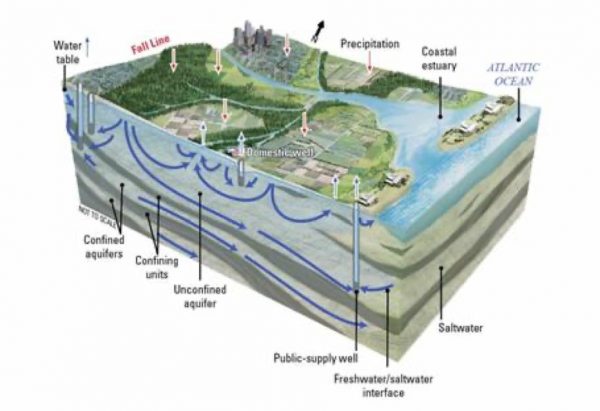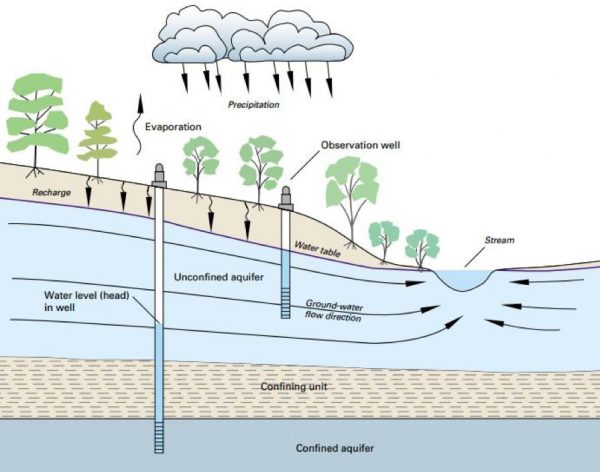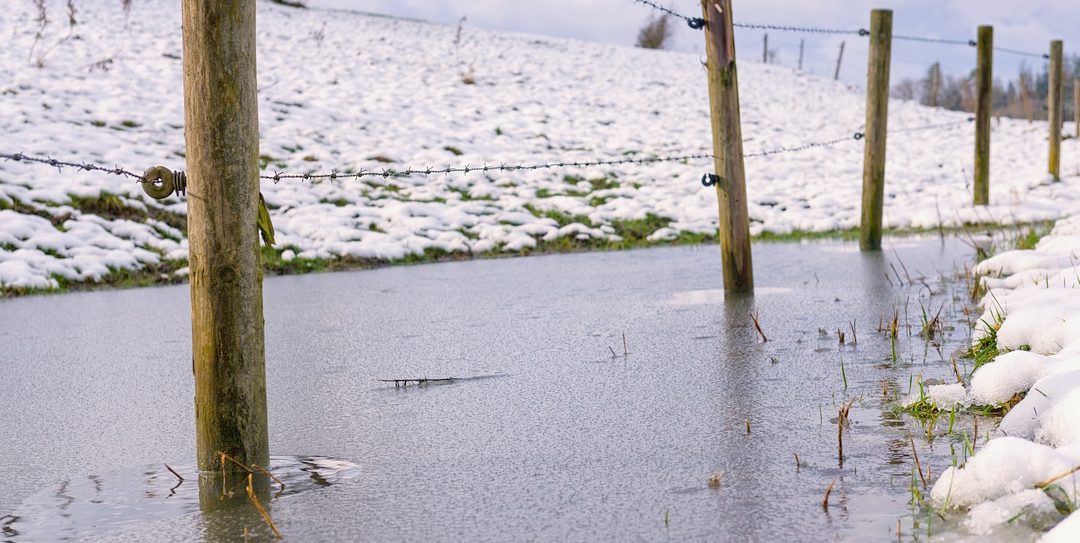Is Winter Groundwater Monitoring Futile?
Geoenvironmental • Industry matters
In a blog we posted in May 2022 – Winter Groundwater Monitoring – What, How, and Why? – we introduced the topic of over-winter groundwater monitoring and why its required as part of a sustainable urban drainage scheme.
This opinion piece aims to remind you about why we do it and what’s needed. It also posits whether it’s actually useful, and perhaps whether it removes the option of soakage on sites where the Conceptual Site Model (CSM) may indicate plausibility.
What is it?
Due to the potentially devastating impact of groundwater flooding events, Local Planning Authorities (LPAs) frequently request monitoring of winter groundwater levels as part of planning permission. For example, Arun District Council in West Sussex requires that any residential developments with five or more properties have groundwater monitoring carried out between October and March inclusive, before any consideration is given to proposed Sustainable Drainage Systems (SuDS) for the development and grant of permission.
Why?
Our understanding is idea of Over Winter Groundwater Monitoring – between October and the end of March – is to ensure that the drainage systems adopted are not affected by higher rainfall levels or higher groundwater levels during the winter.
This is because there is a possibility that shallow groundwater levels during winter may affect the base level of the soakaway and impact the infiltration capacity of the soils. Hence a 1m freeboard above the shallowest groundwater level observed during monitoring is usually implemented.
Monitoring of the well installed is generally undertaken at intermittent intervals, say twice a month, or by using Continuous Dataloggers.
An over-winter groundwater monitoring well traditionally consists of a 0.50 – 1.0m seal at the top, a raised/flush cover and a response zone from below the seal to the base of the borehole (typically 4-5m bgl). The well is generally a smaller diameter than the void formed by the borehole (generally 90 – 120mm hole with 35 – 50mm well) and the well is packed out with 10mm pea shingle.
The trouble is by surrounding/packing the well with pea shingle, which has a higher permeability than the surrounding soils, the well acts as a sump. This means water collects in it that wouldn’t normally be present in the surrounding soils, so it artificially raises groundwater levels in the well.
 So, does this preclude deeper infiltration being used on a site where it may well be ok?
So, does this preclude deeper infiltration being used on a site where it may well be ok?
Arun and Chichester District Councils – the where over winter monitoring appears to have originated – have geologies where this is very common. Large swaths of this part of the south are capped by gravelly silty sandy clays to gravelly clayey sandy silts, overlying Lambeth/Chalk bedrock. Shallow groundwater levels are common following over winter groundwater monitoring, but does this actually represent a saturated aquifer at 1.0m bgl during winter?
We suspect not, but then the cohesive nature of the superficial capping in this area is not prone to great soakage.
However, there have been sites where more granular River Terrace Deposits, which have soaked, have been rejected due to high over winter groundwater levels.
Are these issues solvable?
Yes… But it will need work and a collaborative approach between the regulators, the developers and the consultants.
In our experience, the key to overcoming the anomalies mentioned above is to start using the ground-model/CSM system in drainage design.
Ground & Water advise the following approach
Develop an early ground-model to find out:
- What is the geology?
- What is the groundwater regime?
- What is the ground, including hydrogeological, model?
- How was the site drainage before development?
- What is the impact of seasonal variability?
- Assess flood risk appropriately, especially pluvial.

Get the groundwater monitoring well installation details correct and assess the impact the well installation has had on the readings provided.

Compare with whether groundwater floods into a trial pit during over winter BRE365 testing.
Once all this data has been collected and analysed, working alongside a Civil Engineer, you will probably have a SuDS design which will stand the scrutiny of the regulators, the test of time and the seasons.
